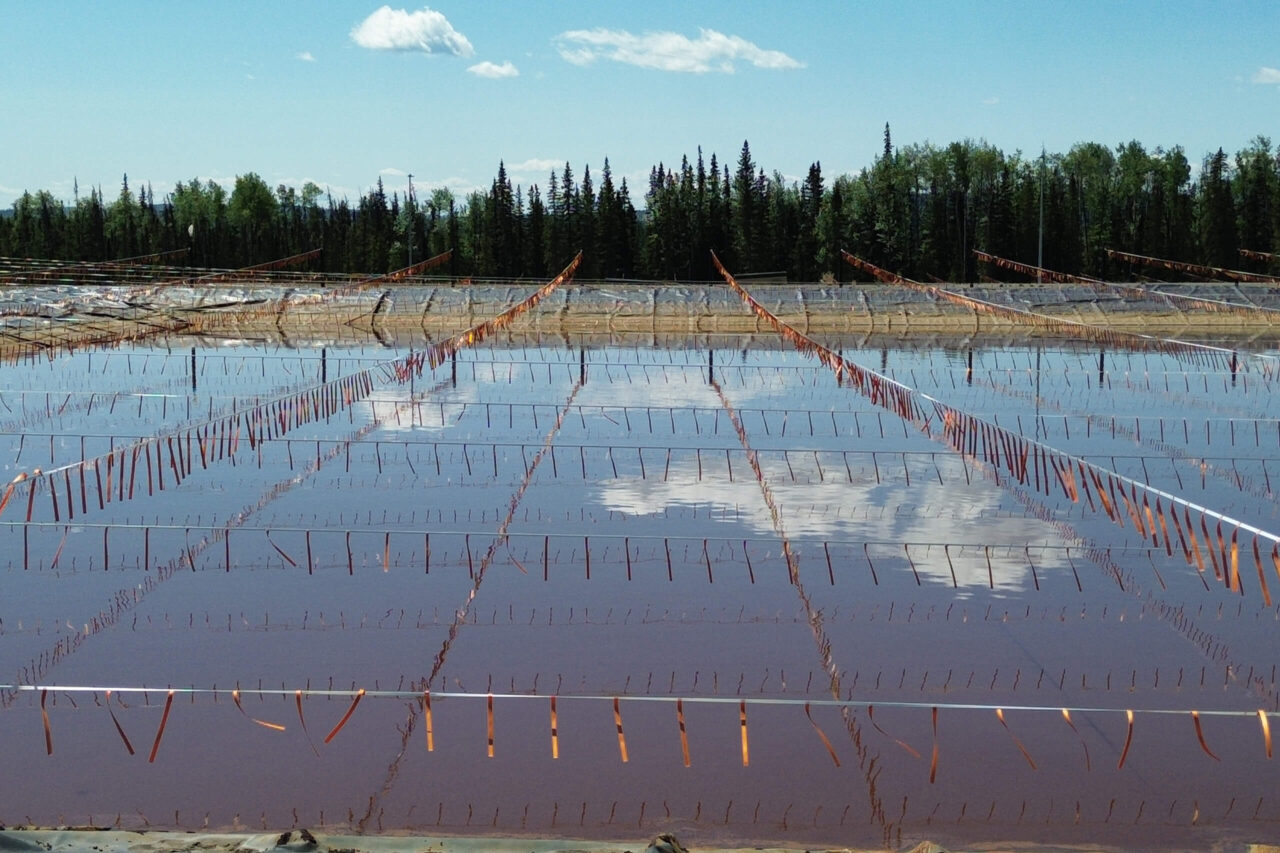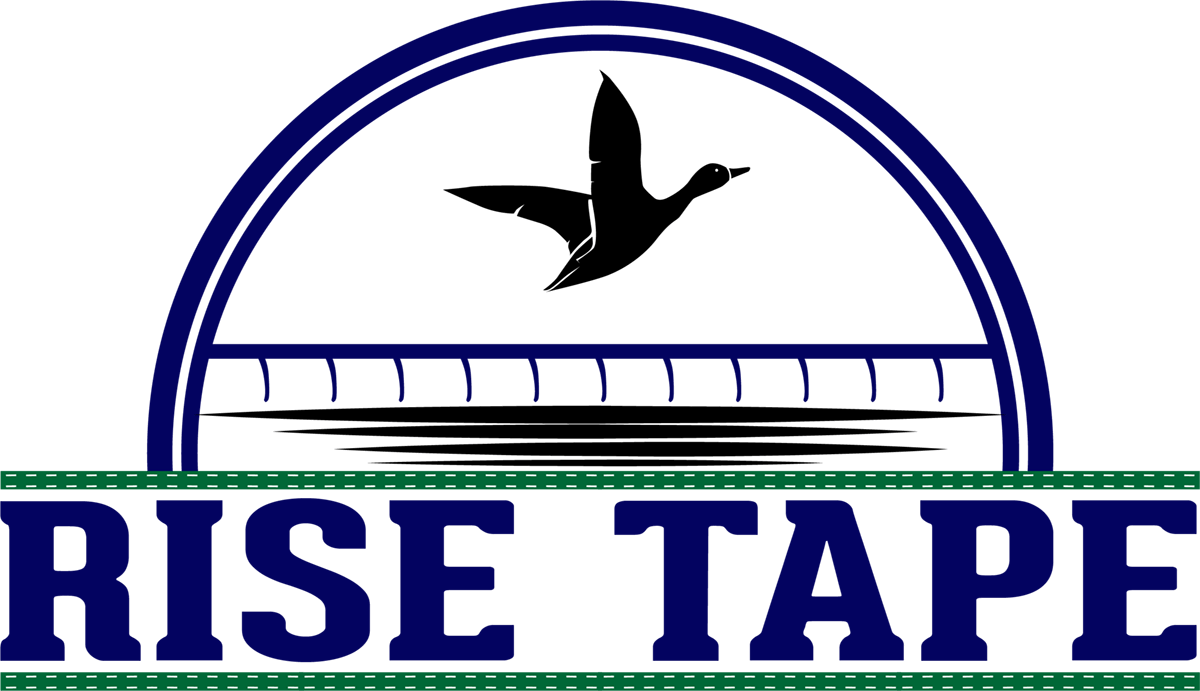Many people wonder if reflective deterrents like bird scare tape are just gimmicks. But there’s real science behind why birds avoid certain visual cues, especially light, motion, and unpredictability. In this article, we’ll explain how reflective deterrents work, why they sometimes fail, and how Rise Tape takes this approach to the next level.
What Are Reflective Bird Deterrents?
Reflective bird deterrents are tools designed to visually repel birds using flashes of light and unpredictable movement. They typically come in the form of shiny ribbons or tapes that flutter in the wind, reflecting sunlight in multiple directions. Rise Tape is one of these, but it’s purpose-built for long-term, real-world use where durability and performance matter.

How Birds Perceive Light, Movement & Colour
Birds have excellent vision and are highly sensitive to fast, erratic motion. Many diurnal species possess tetra-chromatic vision, which allows them to perceive ultraviolet (UV) light in addition to the visible spectrum. This capability plays a key role in how birds navigate, locate food, and detect potential threats. Flashing, moving reflections disrupt this visual sensitivity and can signal danger, making an area feel unstable and unsafe.
Why Reflective Deterrents Work
When installed correctly, in areas with sufficient sunlight and airflow, reflective deterrents can be very effective at discouraging birds from landing, perching, or nesting. The key is creating an environment that feels unpredictable and uncomfortable. A 2019 study in PeerJ found that reflective markers created significant avoidance responses in birds during daylight hours.
Why Cheap Reflective Deterrents Fail
Not all reflective bird control solutions are created equal. Many fail for a few key reasons:
- Low-quality material: Fades quickly, tears easily, loses reflectivity or even becomes detached.
- Insufficient movement & variation: Without consistent fluttering or changes in appearance, the deterrent becomes predictable. Birds may adapt and stop responding to static or repetitive visuals.
- Bad placement: In areas without enough light or airflow, visual cues are lost.
These issues lead to fast deterioration or habituation, making cheap deterrents ineffective in the long run.

Why Rise Tape Works Better
Rise Tape is engineered to overcome the typical weaknesses of visual deterrents:
- High reflectivity: Each ribbon features integrated reflective lines that consistently catch and scatter light. The ribbons are securely stitched onto the mainline, ensuring they stay in place even in challenging weather.
- Strong breaking strength: Engineered to span wide gaps, including over waterbodies, and real-world tested to 250 metres (820ft) with minimal sagging.
- Weather resistance: Built to withstand wind, rain, snow, and UV exposure without fraying or losing function.
- Dynamic movement: Moves easily even in light breezes, creating a consistent threat signal to birds.
- Long-term durability: Rise Tape is expected to last 5 to 10 years, even under harsh environmental conditions.
Unlike cheap alternatives, Rise Tape is based on principles supported by scientific research in avian behaviour and visual deterrence. It delivers long-lasting performance in industrial, agricultural, marine, and remote outdoor environments where other visual deterrents fail.

Conclusion
Reflective bird deterrents absolutely work, but only when they’re designed and deployed correctly. Rise Tape applies the science of avian behaviour using durable, weather-ready materials to create a product that outlasts and outperforms generic alternatives. For a visual deterrent that birds won’t ignore, and that holds up in tough environments, Rise Tape is the solution you can count on.






